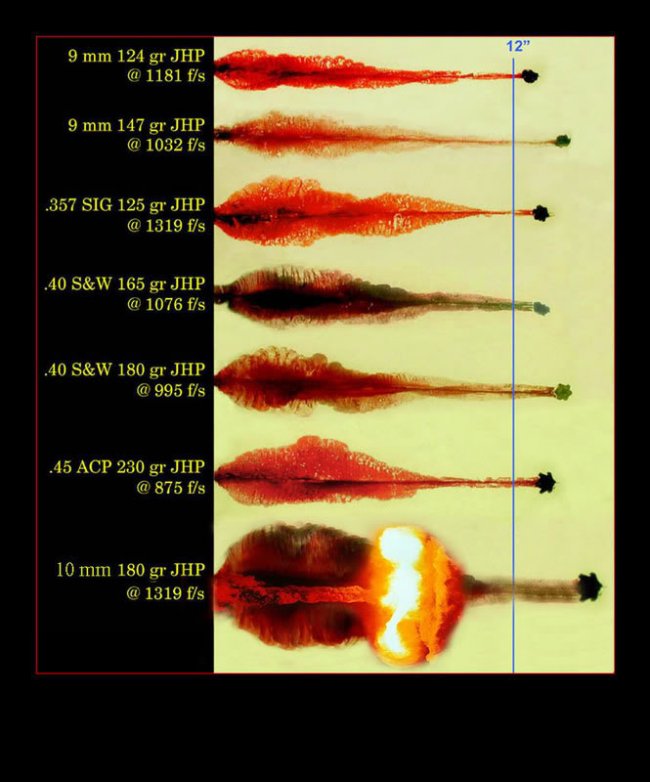I know, it has been done repeatedly. However, I found this article presents data in a way that is easily understood by a non-expert like myself. The comparison of data on "stopping power", i.e. what percentage of BGs stopped after one hit, how many hits were needed to stop the BG, etc. was helpful to me. The conclusions were reasonable, based on the data. I thought some here would appreciate seeing it.
I know http://www.usconcealedcarry.net is read by many here, but I have not sen this mentioned previously. I hope it is of help to the community.
Choosing The Best Caliber For Concealed Carry » Concealed Carry Report - USConcealedCarry.net

I know http://www.usconcealedcarry.net is read by many here, but I have not sen this mentioned previously. I hope it is of help to the community.
Choosing The Best Caliber For Concealed Carry » Concealed Carry Report - USConcealedCarry.net






